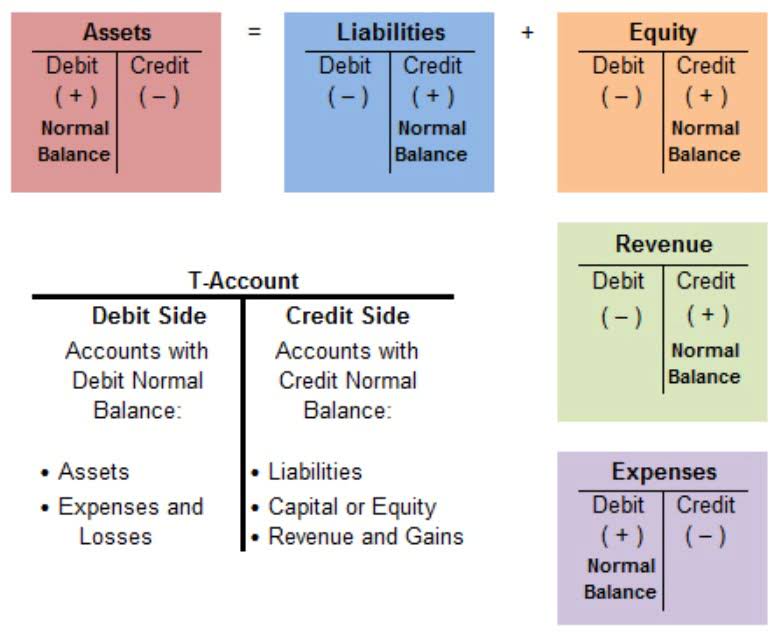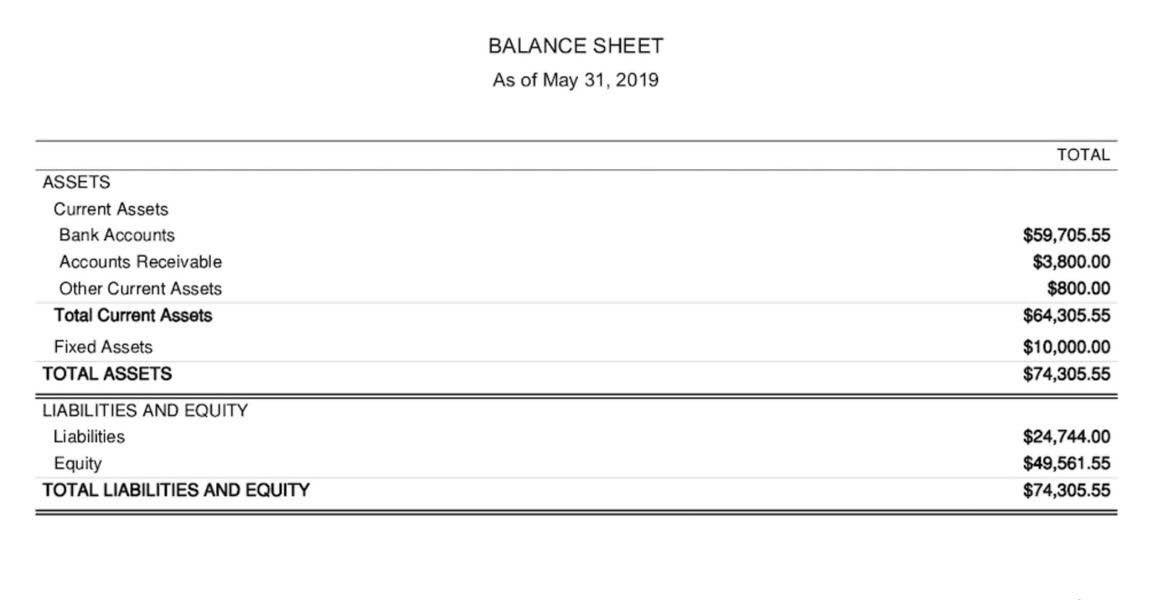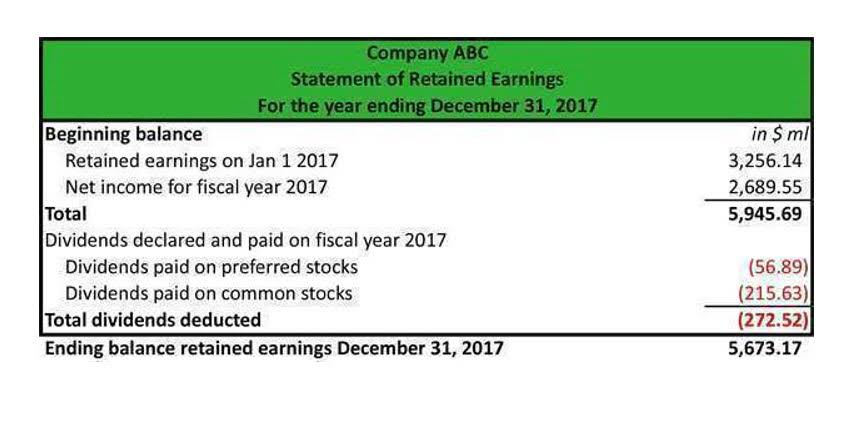
Complete the form below, and one of our US expansion experts will get back to you shortly to book a meeting with you. During the call, we will discuss your business requirements, walk you through our services in more detail and answer any questions you might have. Expanding your business within the United States can unlock a vast talent pool, new markets, and exciting opportunities.

How to Get an EIN for Your US Business: Step-by-Step Guide
CorpNet can quickly register your new business for State Unemployment Insurance Tax (SUI) and State Income Tax (SIT). Our specialists manage the process of payroll tax registration so that virtually no work is required on your part. We want to help you succeed, so we offer payroll tax registration services in all 50 states.
What are the implications of late payroll tax deposits?
To calculate your employee’s part of FICA taxes, multiply their gross pay by the Social Security and Medicare tax rates. Again, as the IRS explains, the maximum amount of an employee’s wages that are subject to Social Security taxes per year payroll taxes is $160,200. An employee may claim an exemption if they have the right to a refund on all income taxes withheld during the previous year. This usually happens if they have no tax liability for that year.
- In addition to the federal taxes, you may be responsible for state payroll taxes.
- The total tax rate is 12.4%, split evenly between employers and employees.
- These features can save CPAs significant time and effort, allowing them to focus on more important tasks.
- States calculate SUTA based on a percentage of the employee wage base.
- Payroll taxes fund vital government programs like Social Security and Medicare, which provide financial support to retirees, individuals with disabilities, and others in need.
- FUTA is paid separately from federal income tax, Social Security, and Medicare.
Get a Free Strategy to Transform Your Business Operations
The following are some answers to the most frequently asked questions in 2024. However, you also have to account for an employer’s share of some of these taxes. Under the Federal Insurance Contributions Act (FICA), employers must match their employees’ contributions to FICA taxes.

State Income Tax

This guide is intended to be used as a starting point in analyzing an employer’s payroll obligations and is not a comprehensive resource of requirements. It offers practical information concerning the subject matter and is provided with the understanding that ADP is not rendering legal or tax advice or other professional services. Finally, if Bob requested an additional $1000 withheld from his taxes each year on his Form W-4, divide that number by 52. The result is $19.23, which when added to $11.08, equates to a final withholding amount of $30.31 per pay period. President Franklin D. Roosevelt signed the Social Security Act into law on Aug. 14, 1935, to provide a safety net for the disabled and retirees. When the program was conceived, high-wage earners were exempt from paying into the fund and receiving Social Security benefits; however, the U.S.
Payroll taxes (FICA and Medicare) should be 15.3%, with 7.65% paid by the employer, and 7.65% paid by the employee. Furthermore, there are variations in how the above states apply their flat rates. New Hampshire only taxes income from dividends and interest, which means employers often don’t have to worry about this state tax. Washington only applies its state income tax to the capital gains of high earners.


Meaning, these deductions are not taken from employees’ wages, and the employer pays them out of their own pocket. These taxes, commonly known as “payroll taxes”, as they are based on employees’ wages, are a mandatory contribution to the federal, state, or sometimes even local governments. The penalties for not paying payroll taxes on time vary depending on the circumstances.
Payroll Tax Rates: Everything You Need To Know
In this case, you only have to pay 0.6% of the first $7,000 your employee earns. As we’ve learned, employers have certain responsibilities when it comes to paying taxes. In addition to taxes they’re paying on behalf of employees, they also have their own share of taxes they are required to pay — employer payroll taxes. In most cases, the employer is the one who withholds a certain amount of money from the employee’s wages and pays taxes to the government on behalf Coffee Shop Accounting of the employee. However, in some instances, for example, if you’re self-employed, you have additional tax obligations, such as the Self-employment tax (SE). The IRS requires employers to deposit federal payroll and income taxes through electronic funds transfer using the Electronic Federal Tax Payment System® (EFTPS).
Employer Tax Deposits
- Global expansion offers businesses access to lucrative new markets, a larger talent pool, regional trade agreements, and many other opportunities.
- These factors determine the amount the HR manager or owner should take from the paycheck for federal income tax, FICA, and any applicable state or local taxes.
- Check with your local tax agencies and consult a local accountant to understand your local tax responsibilities.
- The annual contribution limit for health FSAs increases to $3,300 for 2025.
- Most states as well as some cities and counties, impose income taxes, which are also withheld as payroll taxes.
- Social Security taxes in the U.S. provide individuals with a source of income when they retire or if they can’t work due to a disability.
If an employee doesn’t submit a W-4, the withholding is calculated as if the employee were single with no other adjustments. Employers must generally deposit employment taxes and report them every quarter. Still, the federal unemployment tax rate trial balance ranges from 0.6% to 6.0%, depending on how much the employer pays in state unemployment tax. Income taxes are levied by federal, state, and local tax agencies on individuals’ and businesses’ income to help cover governments’ operations and program costs.
